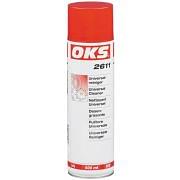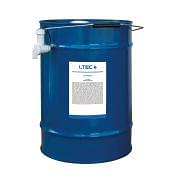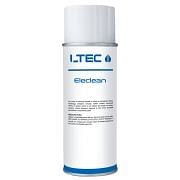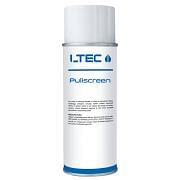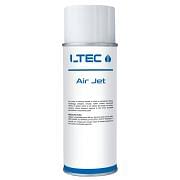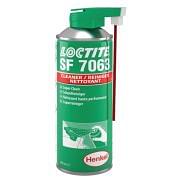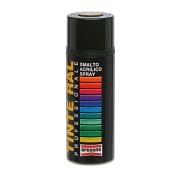Protections for maintenance
In mechanical workshops, maintenance is a fundamental aspect of ensuring the proper functioning of machines and tools. Maintenance protectants play a crucial role in this context, offering a number of benefits that contribute not only to the longevity of machinery, but also to safety and operational efficiency.
Maintenance protectants are formulated to preserve and protect mechanical parts from wear, corrosion and friction. These products create a barrier that reduces friction between moving metal surfaces, thereby minimising wear and extending the life of components. This protection is essential in environments such as machine shops, where machinery is subjected to constant loads and stress.
Corrosion is one of the main enemies of machines and mechanical tools. Maintenance protectants are often formulated with anticorrosive agents that prevent metal oxidation. This is especially important in wet environments or in the presence of corrosive chemicals, where rust protection can make the difference between a working machine and a broken one.
Regular use of specific protective agents improves machine performance. Reducing friction not only prevents wear and tear, but also contributes to smoother and quieter machine operation. This results in less need for extraordinary maintenance and reduced downtime, thereby increasing the operational efficiency of the workshop.
Maintenance protectants are composed of a mixture of base oils, additives and specific chemical agents. Base oils provide essential lubrication, while additives improve product properties such as wear resistance, thermal stability and corrosion protection. Specific chemical agents may include rust inhibitors, anti-wear additives and friction modifiers, which work together to offer comprehensive protection.
Protectants can be applied using different methods, depending on the type of machinery and specific requirements. The choice of application method depends on the size and complexity of the components and the operating conditions of the workshop.
One of the main characteristics of maintenance protectants is their high wear resistance. Wear additives form a protective layer on metal surfaces, reducing direct metal-to-metal contact and preventing abrasion. This is especially important in high-speed or heavily loaded machinery, where wear can lead to costly failures and prolonged downtime.
The anti-corrosive properties of maintenance protectants are essential to protect metal components from oxidation. Corrosion inhibitors included in the chemical formulations of lubricants create a protective barrier on the metal surface, preventing contact with moisture and other corrosive substances. This is particularly useful in damp working environments or in the presence of aggressive chemicals.
Maintenance protectants must be compatible with a wide range of materials to avoid adverse chemical reactions. Besides metals, lubricants can come into contact with plastics, rubber and other synthetic materials used in machinery.
Regular use of maintenance and lubrication protectants can lead to a significant reduction in maintenance costs. The prevention of wear and corrosion reduces the need for frequent component replacement, while improved operational performance minimises downtime. This translates into greater efficiency and reduced operating costs for the workshop.
Maintenance protectants extend the life of machinery by protecting it from damage and failure. Reduced friction and wear prevents premature deterioration of components, allowing machinery to operate reliably for longer periods. This not only reduces replacement costs, but also improves overall workshop productivity.
Maintenance protectants are a key element in the proper functioning of machine shops. Their ability to reduce wear, prevent corrosion and improve machinery performance makes them indispensable for any working environment that relies on mechanical tools.

